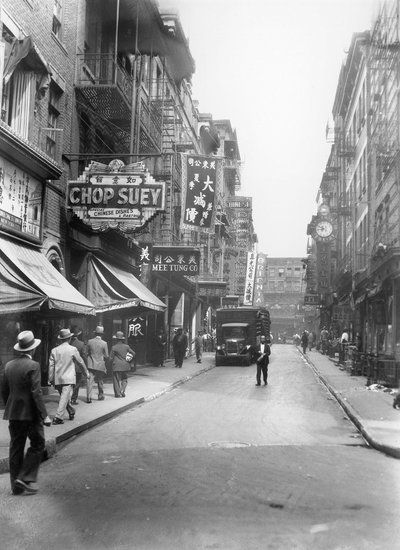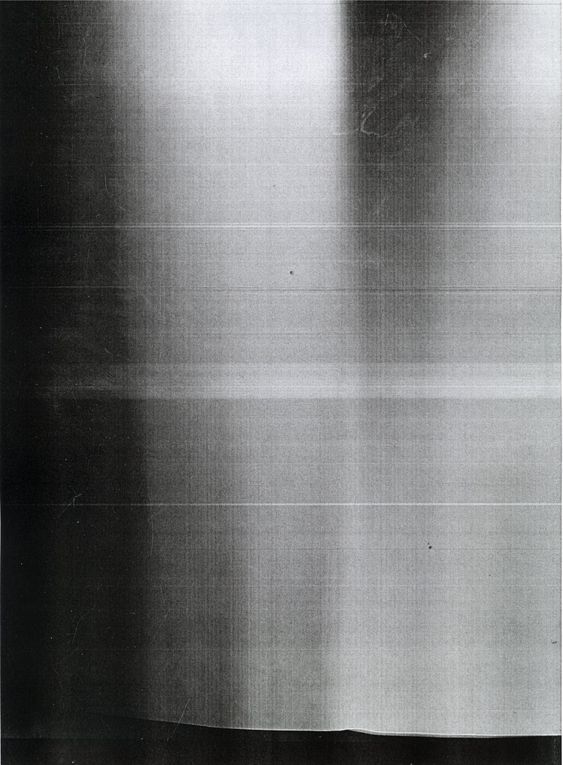
The gentrification of New York City's Chinatown has been a long-standing issue that has been occurring since the 1980s. Gentrification refers to the process of a neighborhood undergoing a transformation that usually leads to an increase in property values and the displacement of long-term residents. In the case of Chinatown, this has meant that many of the low-income Chinese immigrants who have called the neighborhood home for generations have been forced to move out due to rising rents and property values.
One major factor contributing to the gentrification of Chinatown is the influx of luxury condominiums and high-end retail establishments that have been developed in the area. This has attracted wealthier residents and tourists who are willing to pay a premium for the convenience and amenities that the neighborhood offers. However, this has also led to the displacement of many of the low-income residents who have been living in Chinatown for years.
The COVID-19 pandemic has had a significant impact on the Asian community in New York City, including those who live in Chinatown. According to data from the New York City Department of Health, Asian Americans have had the highest COVID-19 death rate in the city, despite comprising only a small percentage of the overall population.
The pandemic has also led to an increase in racism and xenophobia towards the Asian community, with reports of verbal and physical attacks on Asian Americans in various parts of the city. This has further exacerbated the challenges faced by the Asian community in New York City, including those in Chinatown, many of whom are already struggling to make ends meet due to the impact of gentrification.
